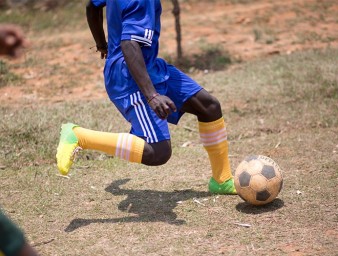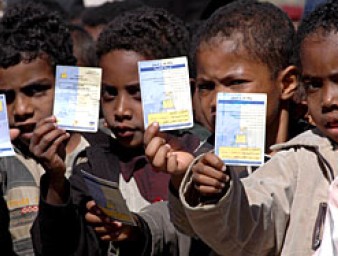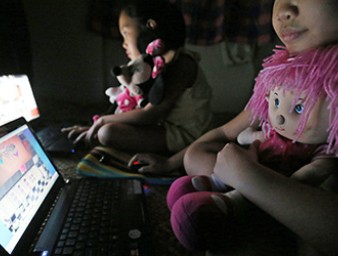Combating child sex tourism
10 April 2013
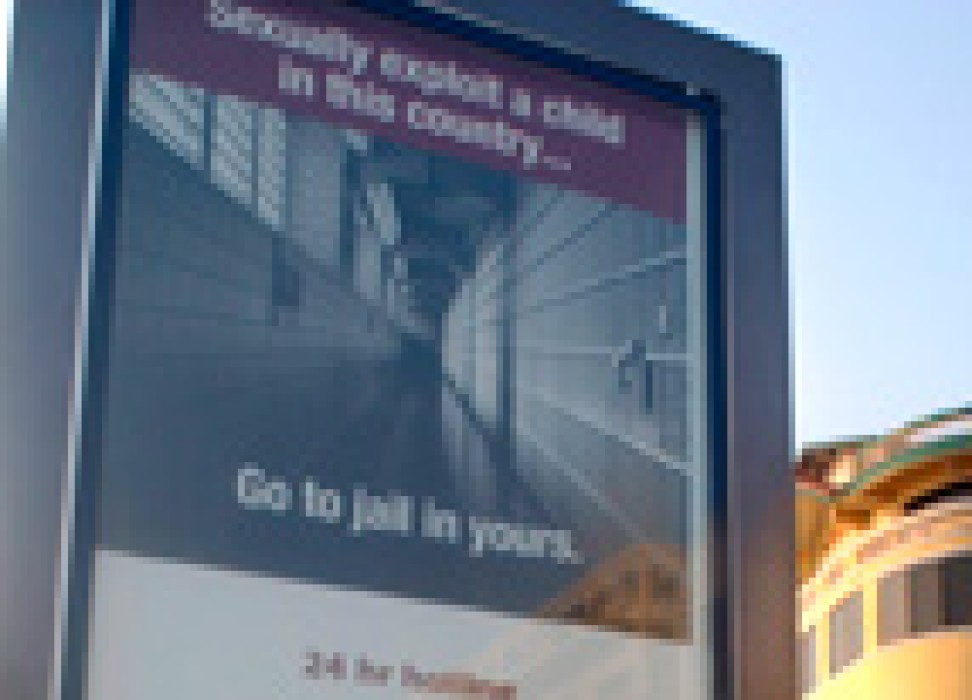
The commercial sexual exploitation of children in travel and tourism is a growing problem in destinations all over the world. According to UNICEF, an estimated two million children globally are affected by sexual exploitation each year.
“While many efforts have been made at global and national levels to set standards and develop policies and laws with a view to prevent and combat child sexual exploitation in travel and tourism, challenges still remain,” says Special Rapporteur Najat Maalla M’jid, in her report presented during the 22nd session of the United Nations Human Rights Council in Geneva.
CST is the exploitation of children for sexual purposes by offenders who travel to engage in sexual activities with children. This can involve child trafficking, child prostitution, child pornography and the sale of children for sexual exploitation. CST occurs in any country or tourism destination.
International tourists are predicted to reach 1.8 billion by 2030, according to the report. This increase will also raise the risk of children being victims of child sex tourism. Children who are the most at risk of CST are those who are already victims of abuse or who are extremely poor. The Internet has also made it easier for abusers to make contact with potential victims, either directly through online chat forums (“grooming”), through intermediaries, or by contacting minors directly via video-sharing, instant messaging, and social networks.
Although the majority of recorded offenders are male, with less than five per cent believed to be female, there is no single profile of a travelling sex offender. They may be married or single and of any age.
The profit made through the sexual exploitation of children for tourism should not be underestimated. It is estimated that CST could be worth 20 billion USD per year. Case studies have also illustrated how some travelling child sex offenders have funded themselves through the sale of their photos and videos.
There are a variety of ways in which an offender can gain access to children. For instance, abusers may seek out children on the streets, at the beach, in hotels, karaoke clubs and brothels. In countries where child marriage is common, families may accept money for their young girls and arrange the marriage for the length of the visitor’s stay, in certain countries where such marriages exist. Illegal adoptions by foreigners serve as another point of entry for sex offenders.
According to the report, preventive actions have been implemented throughout the world. The Child Sex Tourism Prevention Project, launched in 2004 by the non-governmental organization World Vision, is an awareness-raising campaign in the United States. World Vision has also convened several workshops to fight CST in Cambodia, Thailand and Costa Rica.
ECPAT “Offenders Beware Project” increases awareness and knowledge of sexual exploitation of children in tourism. It also builds capacity for preventive action among tourism professionals, students, security forces and governmental authorities, in cooperation with governments and the tourism industry. “The Childhood Project” is an example of transnational cooperation associating States, INTERPOL, United Nations Office on Drugs and Crime (UNODC) and World Vision.
There have been efforts made to improve laws and policies preventing child sexual exploitation in travel and tourism, but there are cracks in the system that need to be addressed. “As soon as prevention and protection efforts are intensified in a particular country, sex tourists seeking children seem to move on to a neighbouring country,” says M’jid. Additional flaws include the lack of data on CST cases; legal gaps; insufficient training and awareness-raising; scarcity of resources for care and protection services; lack of prosecution of offenders; and the absence of cooperation from businesses.
M’jid urges States to commit to preventing and combatting CST by establishing and strengthening legal frameworks to address all forms of child sexual exploitation. She also suggests the creation of a national standardized legislative framework that can be adopted by all countries. In order to develop stronger programmes and interventions to combat CST, M’jid recommends the development of a centralized information-gathering system to understand the behavior of offenders and the effectiveness of the current programmes that are presently in place.
10 April 2013
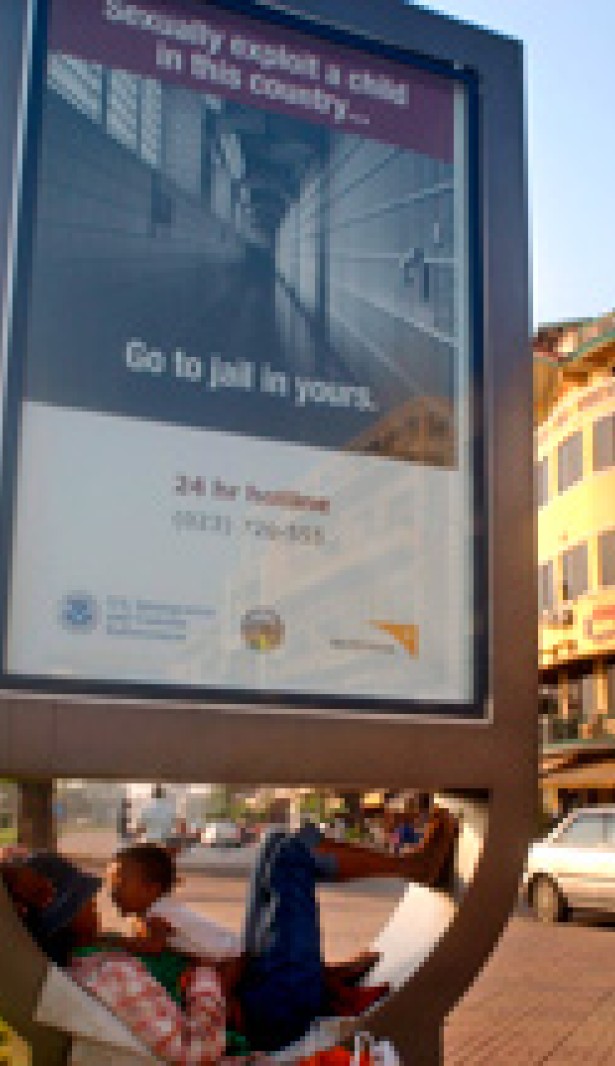
VIEW THIS PAGE IN:
